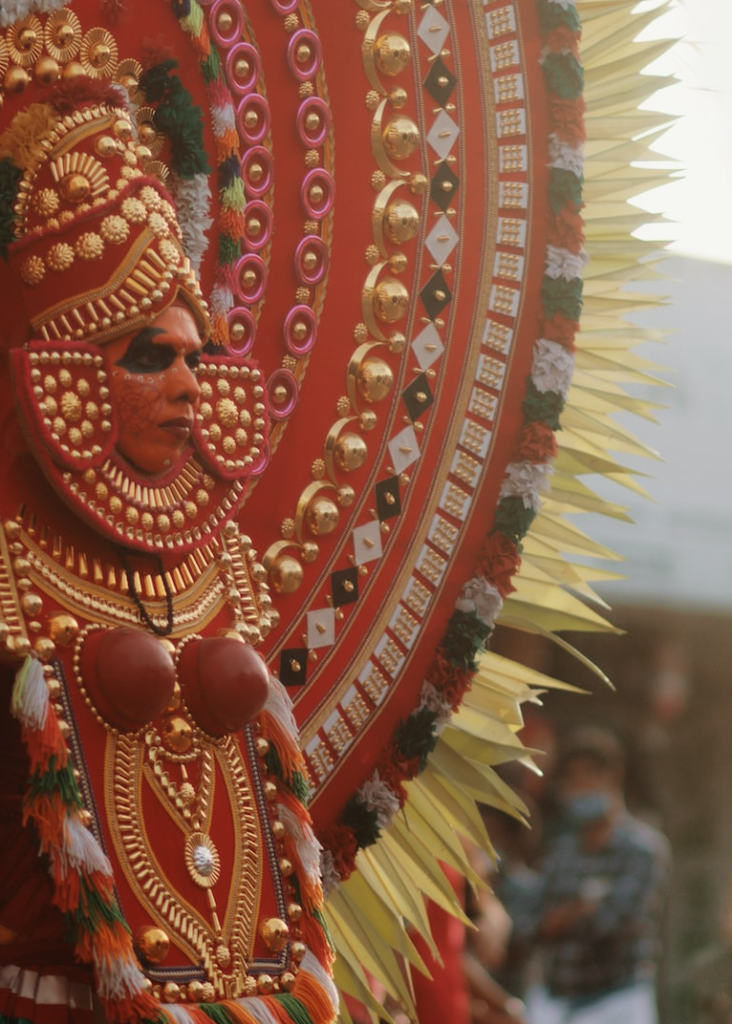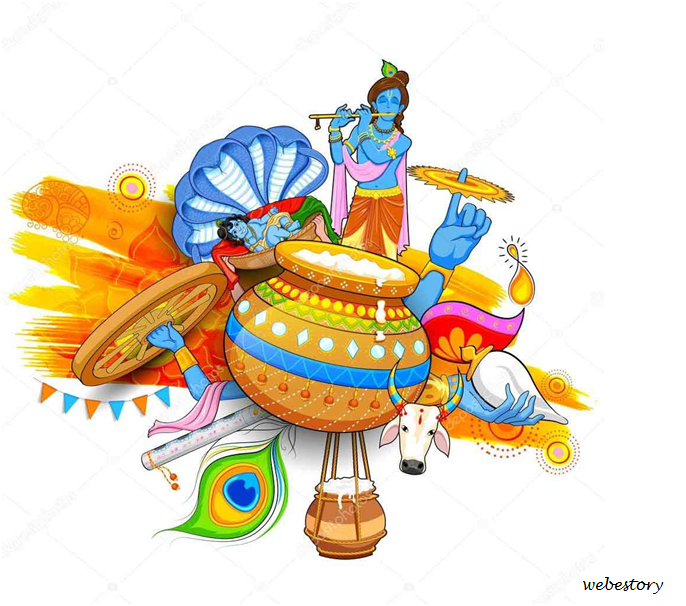Janmashtami, also known as Krishna Janmashtami, is one of the most important Hindu festivals celebrated with great devotion and enthusiasm across India and many parts of the world. It marks the birth of Lord Krishna, the eighth incarnation of Lord Vishnu, who is considered the supreme deity in Hinduism. The festival falls on the eighth day (Ashtami) of the Krishna Paksha (dark fortnight) in the month of Bhadrapada (August-September).

The Significance of Janmashtami
Lord Krishna is revered as the God of love, compassion, wisdom, and protection. His birth is believed to have occurred over 5,000 years ago in Mathura, where he was born to Devaki and Vasudeva in a prison cell. Krishna’s uncle, King Kansa, feared that Devaki’s child would be the cause of his downfall, so he imprisoned them and killed their children. However, when Krishna was born, divine intervention helped Vasudeva carry him across the Yamuna River to Gokul, where he was raised by Yashoda and Nanda.
Janmashtami celebrates Krishna’s divine presence and his role in establishing Dharma (righteousness), as narrated in the Bhagavad Gita.

How Janmashtami is Celebrated
1. Fasting and Devotional Offerings
Many devotees observe fasts on Janmashtami, breaking them only after midnight, the believed time of Krishna’s birth. Temples and homes are decorated with flowers, rangoli, and lights. Devotees offer butter, milk, sweets, and fruits as bhog (offerings) to Krishna.
2. Midnight Celebrations
Since Krishna was born at midnight, temples and households perform special prayers and aarti at that time. Devotees sing bhajans (devotional songs) and chant “Hare Krishna Hare Rama” while idols of baby Krishna are placed in beautifully decorated cradles.
3. Dahi Handi (Pot Breaking Ritual)
One of the most exciting parts of Janmashtami is Dahi Handi, inspired by Krishna’s childhood pastime of stealing butter. In this event, an earthen pot filled with butter, curd, and sweets is hung at a great height, and teams of young men, called Govindas, form human pyramids to break it. This tradition is especially popular in Maharashtra and symbolizes teamwork, devotion, and determination.
4. Ras Leela and Dramas
In many parts of India, dramatic performances called Ras Leela are organized, depicting Krishna’s life stories, his childhood mischief, and his divine love for Radha. These plays bring the essence of Krishna’s teachings to life.
5. Special Prasad and Sweets
Janmashtami is incomplete without delicious sweets and prasad, such as:
- Makhan-Mishri (butter and sugar) – Krishna’s favorite.
- Panchamrit – A mixture of milk, curd, honey, ghee, and sugar.
- Murukku, Laddoos, and Kheer – Traditional sweets prepared in different regions.

Janmashtami Celebrations Across India
- Mathura and Vrindavan – The birthplace and childhood home of Krishna witness grand processions, temple decorations, and devotional singing.
- Dwarka (Gujarat) – The famous Dwarkadhish temple celebrates with special aartis and bhajans.
- ISKCON Temples Worldwide – The International Society for Krishna Consciousness (ISKCON) organizes large-scale celebrations, attracting devotees from all over the world.
The Spiritual Message of Janmashtami
Janmashtami is not just a festival but a reminder of Lord Krishna’s teachings. His message in the Bhagavad Gita teaches us:
- Dharma (Righteousness) – Stand up for truth and justice.
- Bhakti (Devotion) – Surrender to God with a pure heart.
- Karma (Action without Attachment) – Do your duty without expecting rewards.
- Love and Compassion – Spread love, kindness, and harmony.

Conclusion
Janmashtami is a time of joy, devotion, and spiritual reflection. It reminds us of Krishna’s divine presence in our lives and inspires us to live with love, wisdom, and righteousness. As we celebrate with prayers, fasting, and festivities, we seek Krishna’s blessings for a life filled with peace, happiness, and prosperity.
Jai Shri Krishna!

